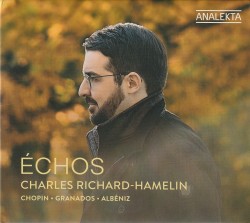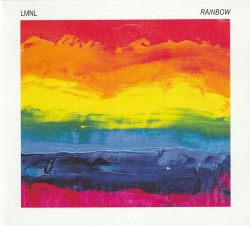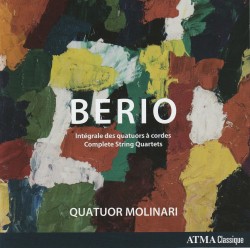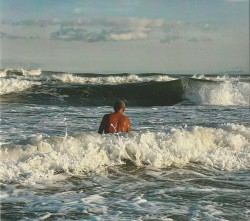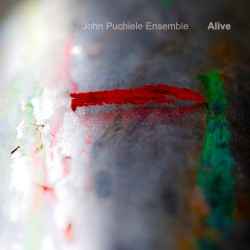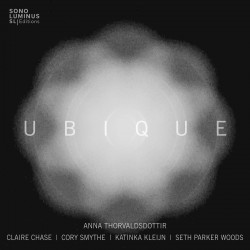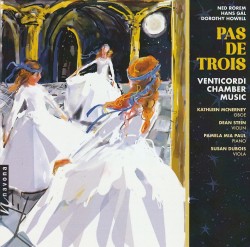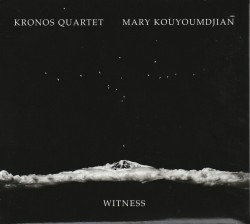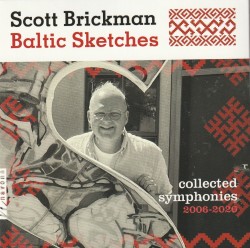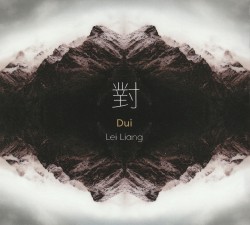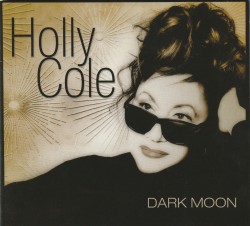Arc III: Brahms | Schubert - Orion Weiss
 Arc III - Brahms | Schubert
Arc III - Brahms | Schubert
Orion Weiss
First Hand Records FHR129 (firsthandrecords.com/products-page/album/arc-iii-brahms-debussy-schubert)
Joyful music for these troubled times: this release completes a three-album series that traces a journey from the disaster and despair depicted in Arc I and Arc II, moving in Arc III to what American pianist Orion Weiss calls music of “peace, hope, love, ambition, optimism and the divine.” The result is a highly enjoyable recital featuring an attractive mix of rarities alongside established masterpieces for solo piano as Weiss displays his comfort in music written over a span of 160 years.
The album opens with Louise Talma’s Alleluia in Form of Toccata (1945), sparkling with repeated notes, jagged leaps and offbeat accents. Schubert’s Wanderer Fantasy is given a muscular yet poised reading, never rushed or pushed to extremes. The slow movement’s theme, quoting Schubert’s famous song, is a sombre contrast to the extroversion of the surrounding movements, and in Weiss’ hands the fugal finale is exhilarating in its clarity and rhythmic energy.
Debussy’s L’isle joyeuse contrasts sultry mystery (listen to the central section at 2:45) with blazing virtuosity, a performance that lives up to Weiss’ description of it as “one of the most evocative and thrilling of Debussy’s piano works.” Dohnányi’s Pastorale on a Hungarian Christmas Song (1920) is another valuable re-discovery, and while Brahms’ darkly dramatic early third sonata may not immediately seem to fit the album’s theme, the ecstasy of the second movement love scene and the F major exuberance with which the finale concludes gain resonance from the music that has come before.
Ligeti’s etude Arc-en-ciel provides an unexpectedly suitable coda, its interweaving lines beautifully shaped. Weiss’ Yamaha CFX is warmly recorded, and this intelligently programmed album is warmly recommended.



